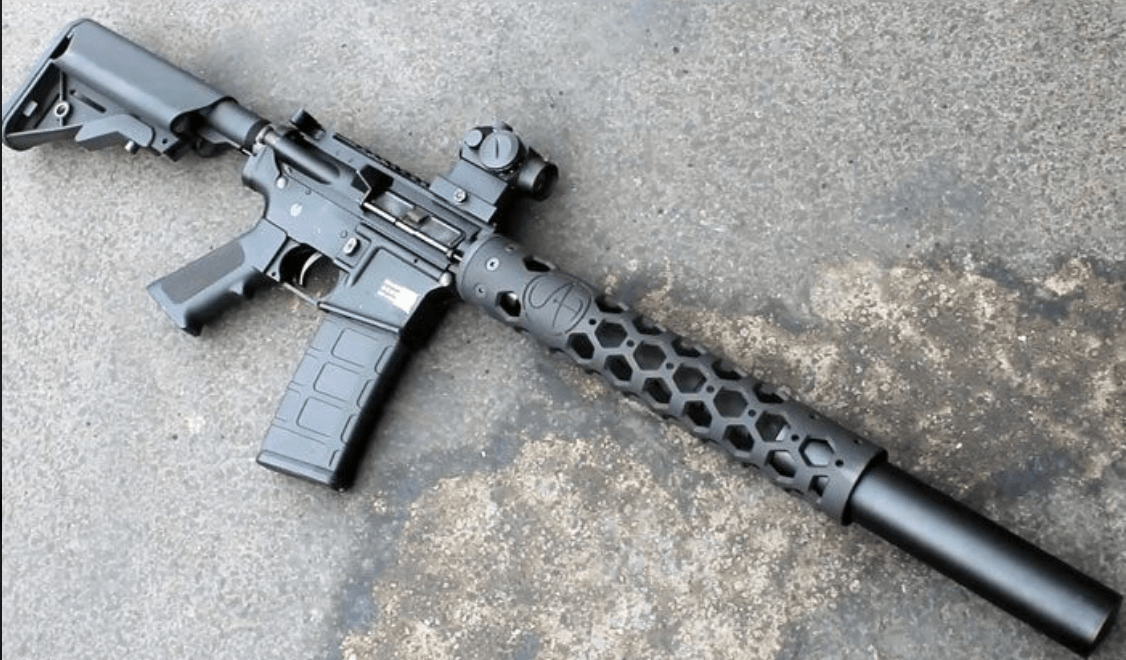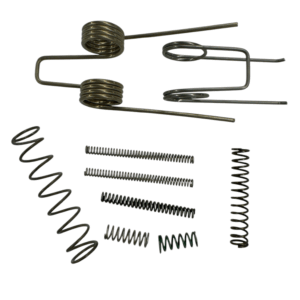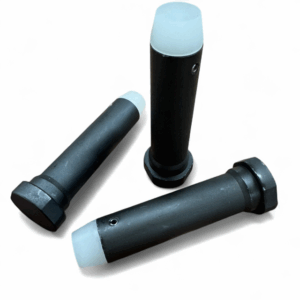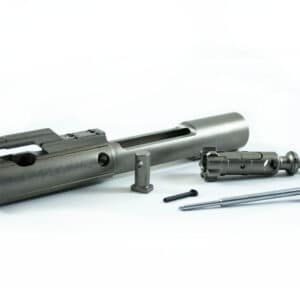The gas system sets the character of an AR-15. It touches recoil feel, where heat and carbon go, what you’ll spend, and how the rifle behaves with a suppressor. Most builds stay with direct impingement (DI). Others choose a Piston Driven AR15 (short-stroke or long-stroke).
This article explains how both systems work, what they do well, where they fall short, and offers clear pointers to help you choose.
Understanding AR-15 Gas Systems
AR-15s borrow a little gas from the barrel after the bullet passes a small port. That gas runs the cycle: unlock the bolt, drive the carrier rearward, eject, then feed the next round on return.
Both approaches use the same energy but route it differently:
- Direct impingement (DI): Gas travels through a tube into the carrier key and expands inside the bolt carrier group. The carrier itself does the work.
- Piston AR15: Gas acts on a piston at the gas block (often with an op-rod) that pushes the carrier mechanically. Short-stroke gives a quick tap; long-stroke stays engaged longer and keeps most heat and fouling forward.
Keep this picture in mind; it’s the baseline for the DI vs. piston comparison that follows. Once the gas path and heat location are clear, the trade-offs will read cleanly in the next sections.
How Direct Impingement Works
With direct impingement, gas tapped at a small barrel port runs down the gas tube into the carrier key. Pressure builds inside the bolt carrier group (BCG), the bolt unlocks, the carrier moves rearward, and the action spring sends it forward to feed the next round.
This layout comes from Eugene Stoner and the early M16/AR-15 program. It became the baseline for the Direct Impingement AR-15 because it’s light, accurate for the weight, and easy to support with standardized parts across the market.
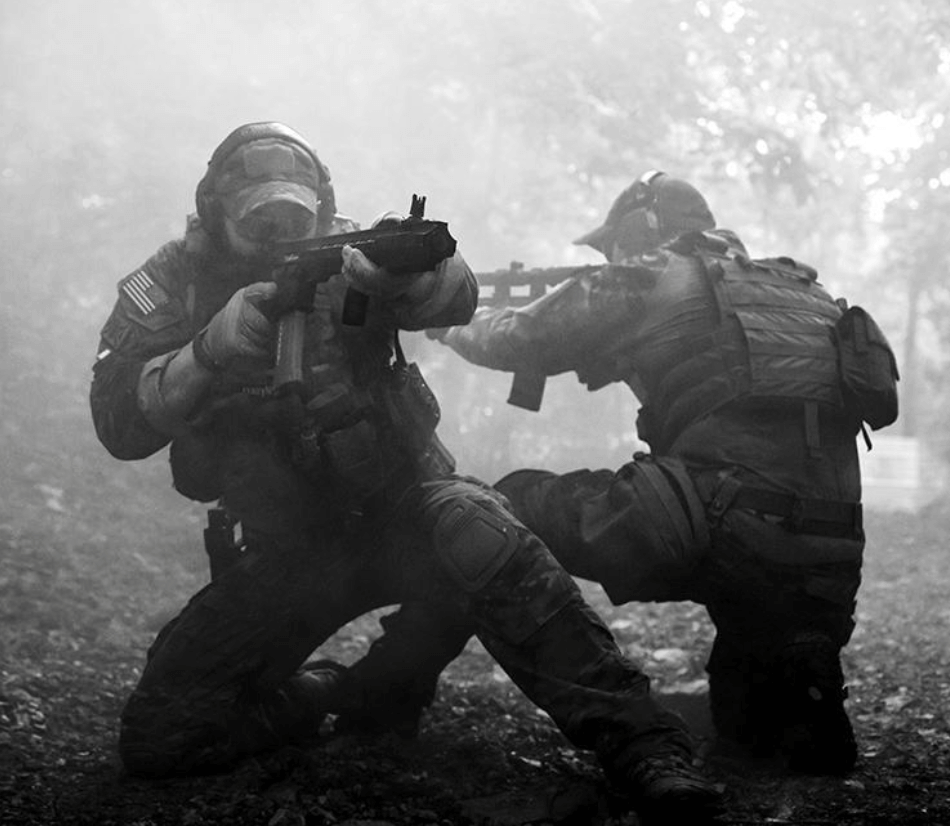
Advantages of Direct Impingement
- Lightweight: no piston, op-rod, or extra hardware.
- Accuracy potential: minimal disruption of barrel harmonics.
- Lower cost: components and complete uppers are generally cheaper than AR-15 Piston builds.
- Massive compatibility: broad parts ecosystem and tuning options.
- Proven design: decades of refinement and field use.
Drawbacks of Direct Impingement
- Heat and fouling in the receiver: gas vents inside the BCG and upper.
- More frequent cleaning: carbon builds up where the action lives.
- Can be finicky, suppressed, or in harsh environments: backpressure raises heat and fouling.
- Short-barrel timing: very short gas systems can be less forgiving without careful tuning.
How Gas Piston Systems Work
A Piston AR-15 moves the “engine” forward. Gas enters a block on the barrel and drives a piston (often with an operating rod) that pushes the carrier mechanically. The hot, dirty gas does its work at the block and stays up front instead of venting inside the receiver. Piston systems come in two flavors:
- Short-stroke: the piston gives the carrier a quick impulse and returns.
- Long-stroke: the piston/rod stays coupled to the carrier for more of the travel.
You’ll see these approaches on rifles like the AK-47 (long-stroke), FN SCAR (short-stroke), and HK416 (short-stroke), and adapted to some AR platforms as AR-15 Piston uppers.
Advantages of Gas Piston ARs
- Cleaner operation: less fouling inside the receiver.
- Strong in adverse conditions: mud, sand, and heavy round counts are easier on the action.
- Runs cooler: less heat dumped into internal parts.
- Adjustable gas on many models: useful for ammo changes or suppressor use.
- Often better with suppressors: less blowback and carbon in the action.
Drawbacks of Gas Piston ARs
- More weight: piston, rod, and reinforced blocks add mass.
- Higher cost: rifles and kits are usually priced above AR-15 Direct Impingement builds.
- Slight accuracy hit: added mass and moving parts can nudge harmonics.
- Proprietary parts: fewer interchangeable components and a narrower aftermarket.
Short-Stroke vs. Long-Stroke Piston Systems
Each design keeps the dirty gas at the block rather than inside the receiver. The trade-off shows up in recoil feel, parts count, and what you’ll be servicing over time.
- Short-stroke: The piston strikes or nudges the carrier and then returns. Examples include the SCAR and HK416 families. The impulse is brief, which often feels smoother and can help with practical accuracy for a piston gun, though the mechanism uses more small parts.
- Long-stroke: The piston remains linked to the carrier for most of the cycle (classic AK-pattern behavior). It’s simple and famously durable, but the longer, heavier reciprocating assembly brings a punchier recoil impulse and usually a bit less precision than a comparable short-stroke setup.
Short-Stroke Piston Pros and Cons
- Pros: softer perceived recoil; solid accuracy for a piston system; adjustable gas is common and suppressor-friendly.
- Cons: more moving parts; greater mechanical complexity; potentially higher maintenance cost.
Long-Stroke Piston Pros and Cons
- Pros: extreme reliability; simple layout; fewer failure points in rough conditions.
- Cons: heavier reciprocating mass; sharper recoil feel; generally less precise than short-stroke in like-for-like builds.
Comparing Direct Impingement and Gas Piston
Below is a clear, side-by-side look at Piston vs DI AR15 systems. Neither is universally “better”; the right call depends on what you value most.
| Category | Direct Impingement (DI) | Gas Piston AR15 |
| Reliability | Excellent in clean/routine use; can need tuning in short barrels or heavy suppression | Very strong in mud, sand, and cold; keeps fouling up front, often steadier with suppressors |
| Accuracy | Typically, it has the edge thanks to lighter weight and fewer moving parts, which reduces the effect on barrel harmonics. | Slight penalty possible from added mass/op-rod movement; short-stroke designs narrow the gap |
| Cost | Usually, the most affordable path for parts, uppers, and full builds | Higher buy-in for AR-15 piston-driven rifles and conversion kits |
| Weight | Lighter overall; no piston/rod hardware | Heavier due to piston, op-rod, and reinforced blocks |
| Maintenance | More carbon and heat in the receiver; cleaning is more frequent | Cleaner receiver; more attention at the gas block/piston assembly |
| Aftermarket | Huge ecosystem; broad compatibility and tuning parts everywhere | Narrower parts pool; some proprietary AR15 Piston System components |
Quick read: choose DI for light weight, cost, and accuracy potential. Choose a piston for dirty environments, high round counts, or frequent suppressor use. When someone asks “AR-15 Gas Piston or Direct Impingement?”, the honest answer is: it depends on the job.
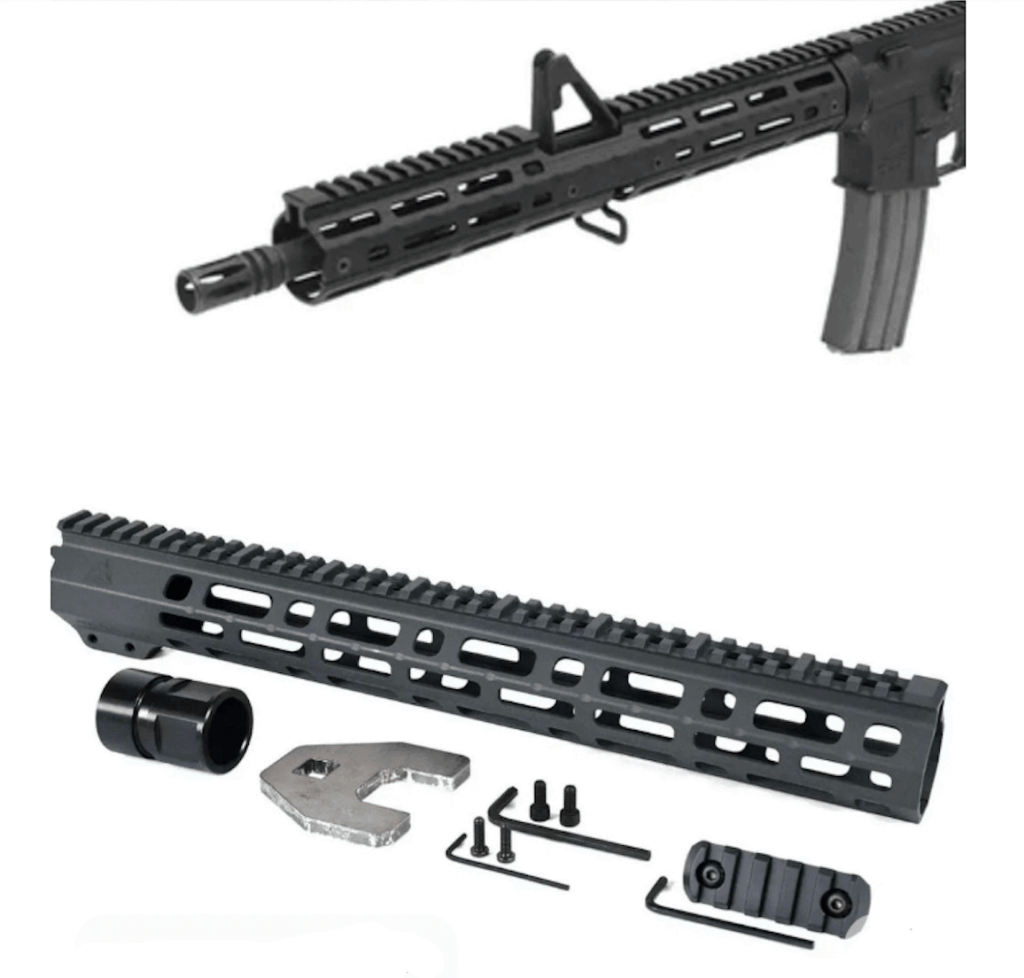
Choosing the Right System for Your Needs
Match the system to how you actually shoot:
- Budget builds: DI. Lowest cost of entry, widest parts support, easy to upgrade over time.
- Precision/competition: DI. Less reciprocating mass and strong accuracy potential help with tight groups and stage times.
- Harsh environments/duty use: piston. Keeps heat and carbon forward; steadier when things get wet, sandy, or freezing.
- Suppressed rifles: piston. Adjustable gas blocks and cleaner receivers reduce blowback and speed up post-range cleanup.
If you’re torn, start by ranking your priorities (cost, reliability, maintenance, accuracy) and pick the system that wins two or more of those for your situation. You can always fine-tune later with buffer weights, springs, and gas adjustments, whether you run DI or an AR15 Piston upper.
Key Takeaways Before You Decide
- DI = light, accurate, affordable. It’s the default for a reason and works brilliantly for most civilian range, hunting, and competition use.
- Piston = clean, cool, consistent. Better in rough weather, high round counts, and suppressed setups, at the cost of weight and price.
- Short-stroke vs. long-stroke matters. Short-stroke tends to feel smoother and can shoot tighter; long-stroke favors simplicity and grit-proof reliability.
- No free lunch. You trade weight and cost (piston) for cleanliness and suppressed manners; you trade cleanliness (DI) for lighter rifles and lower spend.
- Parts and support. DI wins on aftermarket depth. Piston platforms can be brand-specific, so plan your spares accordingly.
- Decide by mission, not hype. For most builders, DI is the smart first choice. For duty, extreme weather, or heavy suppressor use, a Gas Piston AR15 earns its keep.

